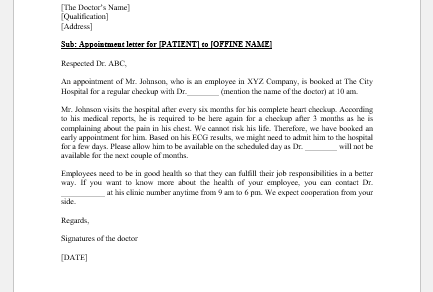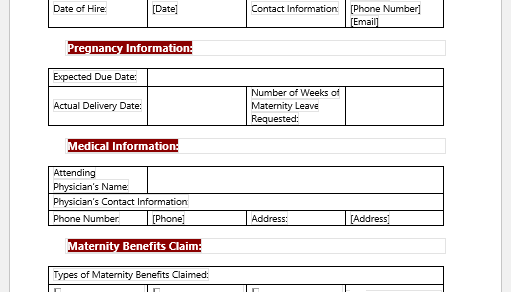A biopsy is a minor invasive procedure where doctors take a piece of the diseased tissue, preserve it, and send it to a laboratory where it is examined under a microscope. It helps in identifying the abnormalities in the tissue obtained and diagnosing the disease.
Multidisciplinary Approach
It involves a multidisciplinary approach of doctors, which involves an anesthetist who, after evaluation, numbs the affected area with one of the different types of anesthetic drugs, like local or regional anesthesia. A surgeon then takes the tissue biopsy sample, and a technician preserves it in an appropriate medium for transport to the laboratory.
A pathologist, or histopathologist, is the one who studies the sample under the microscope and prepares a histopathology report. The patient is referred back to the consultant who ordered the biopsy, and if the disease turns out to be a tumor, the patient is referred to an oncologist.
Types of Biopsy
There are multiple kinds of biopsy-taking techniques:
- Fine Needle Aspiration Cytology (FNAC) is a technique where a small sample is taken from the skin with the help of a syringe. It shows cells.
- A true cut biopsy is a procedure where a patient’s skin is injected with local anesthesia to numb the area, and then a relatively larger area is taken with a special needle as a biopsy, which shows groups of cells called tissue.
- A wedge biopsy is taken similarly from a skin lesion in a wedge-shaped fashion with the help of a surgical blade.
- A visceral biopsy is where a large needle is injected through the skin into a specific organ to obtain biopsies like the kidneys, liver, and prostate gland.
- A bone biopsy and a bone marrow biopsy are done for the identification of different cancers.
- Ultrasound or CT-guided biopsies are done when the area is deep and poses a risk for trauma to surrounding structures while taking a blind biopsy.
- Open surgical or laparoscopic biopsies are done for deep-seated, complicated biopsies.
Prerequisites of Biopsy Sampling
As it is an invasive procedure, there are a few requisitions that have to be made to avoid any trouble. A complete blood picture, coagulation profile, and hepatitis B and C screening are a few to name. If the patient has any bleeding disorder, a biopsy should not be done unless pints of whole blood are at hand.
Biopsy Consent Form
As for any other medical or surgical procedure, consent is an essential step before taking a biopsy. A consent form should consist of the following:
- Introduction of the patient, including his name, father’s name or spouse’s name, age, sex, hospital registration number, and blood group.
- Detail of procedure; duration, method, level of exposure, and possible complications.
- Post-operative care, consequences, and follow-up.
- Information regarding the usage of any anesthetic drugs and their per-operative and post-operative effects.
- Signature of the patient with their full name and identity. In cases of pediatric or geriatric patients, close relatives like parents, siblings, or children may sign the consent document.

Biopsy Consent Form File: 34 Kb
- Nursing Documentation Templates
- Mental Health Evaluation Forms
- Forms Used by Pediatricians
- Various Forms Related to Pregnancy Verification
- Common Forms Used by ENT Specialists
- Pain Diary Worksheet Template
- Forms Commonly Used by Old Age Homes
- Medical Treatment Consent Form
- Home Exercise Program Worksheet
- Forms Used for Mental Health Assessment
- Forms Used by Psychologists
- Medical Forms Commonly Used by/for Students
- Assessment Consent Form
- Forms Used by an Anesthesiologist
- Not Fit to Fly Certificate Template
- Home Visit Consent Form for Schools
- Important Forms Commonly Used by Pharmacies
- Important Forms Commonly Used by Dentists


